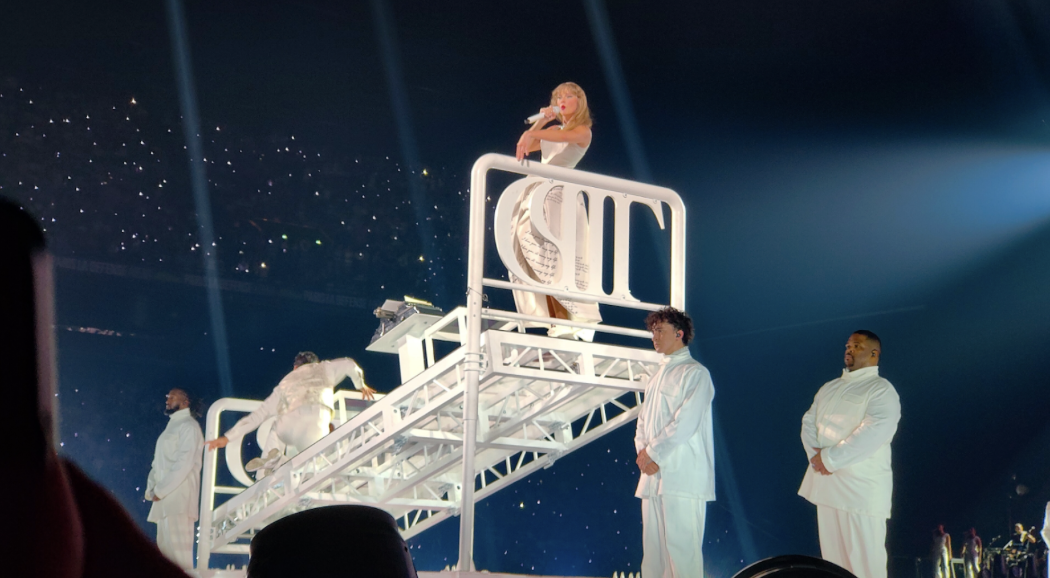Run it out
December 12, 2019
A “New York Times” Opinion video beginning with a foot stomping down on a track took over news and social media platforms in early November, encapsulating Mary Cain’s detrimental experience with the Nike Oregon Project.
When Cain was 16, Alberto Salazar at Nike, formerly the world’s most famous track coach, called her and told her that she was the most talented athlete he had ever seen. Cain dropped out of her freshman year at the University of Portland to train full time at the Nike World Headquarters.
The opportunity presented itself as a dream-come-true to Cain, but she was unaware of the patriarchal systems that oppress women and break down their bodies that awaited her. The all-male Nike staff at the Nike Oregon Project was convinced that the petite-framed Cain needed to lose more weight and stay at 114 pounds in order to run faster.
The required weight loss resulted in RED-S Syndrome, causing Cain to miss her period for three years and to have a lack of estrogen, which degraded her bone health, and caused her to break five different bones.
The all-male staff at Nike Headquarters allegedly disregard for the downfall of Cain’s physical health, as females require a vastly different training system than men, differing in physical in body fat and necessary iron and estrogen levels, points out the gaping hole in sports: the lack of female coaches and leaders in the sports world.
Salazar’s program at Nike World Headquarters not only destroyed Cain’s physical health, but also her mental stability.
Cain says feelings of loneliness led her to suicidal thoughts, and she began to cut herself. After Cain did not run well in a race in 2015, she confessed to Salazar her self harm, but he ignored her cry for help and simply told her that he wanted to go to bed.
Cain vocalized her experiences to her parents, and she quit the team. She was no longer trying to make it to the Olympics, but simply trying to survive.
Cain’s instance displays how sports have been male dominated for centuries, as in the 2017-2018 for NCAA Division 1 schools there were only 10 women coaches compared to 83 men according to a 2018 study by the Tucker Research on Girls and Women in Sport and the Alliance of Women Coaches.
The vast majority of running coaches being men has resulted in male focused programs, coaches, and diets that ignore the specific needs of female athletes.
Without the representation of female coaches, this change will never happen.
The lack of women’s power in sports is shown in how females only hold 40.8% of head coaching jobs for women teams and make up only 10.5% of Division I athletic directors.
This underrepresentation of females in sports needs to change. With more women in power positions, the systems that train girls are more likely to be altered to meet the needs of females needs rather than men.
A change in systemic oppression against women in sports must occur so that instances like Cain’s are not repeated.









